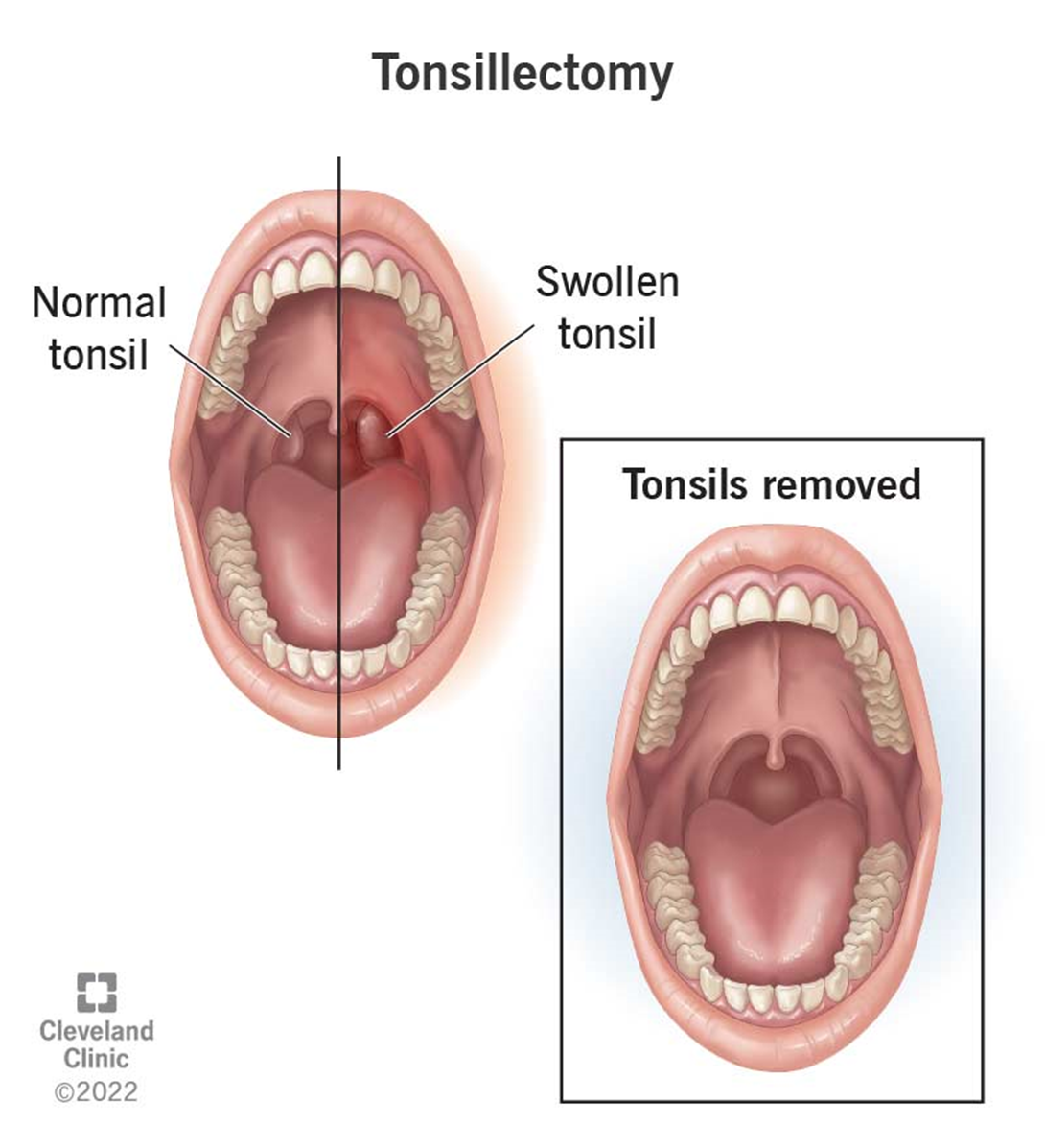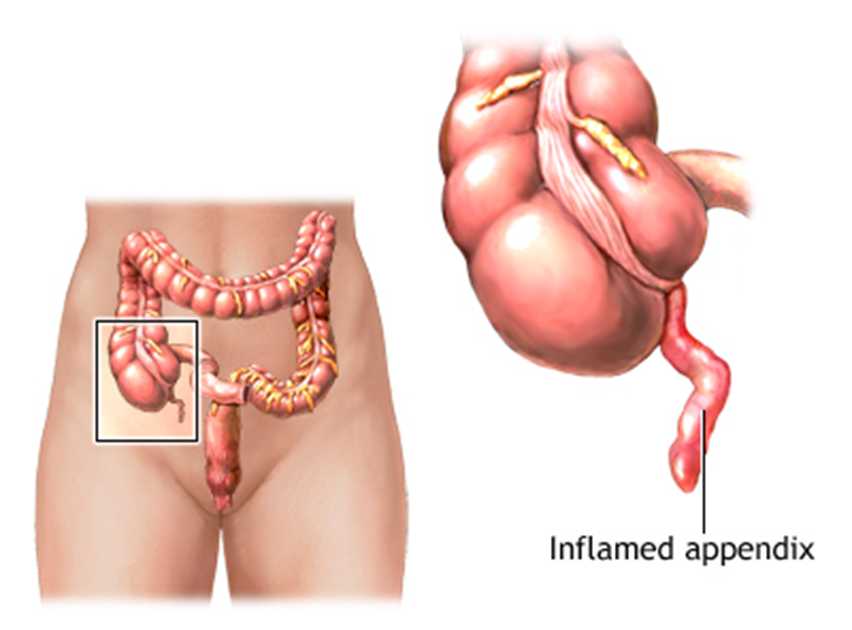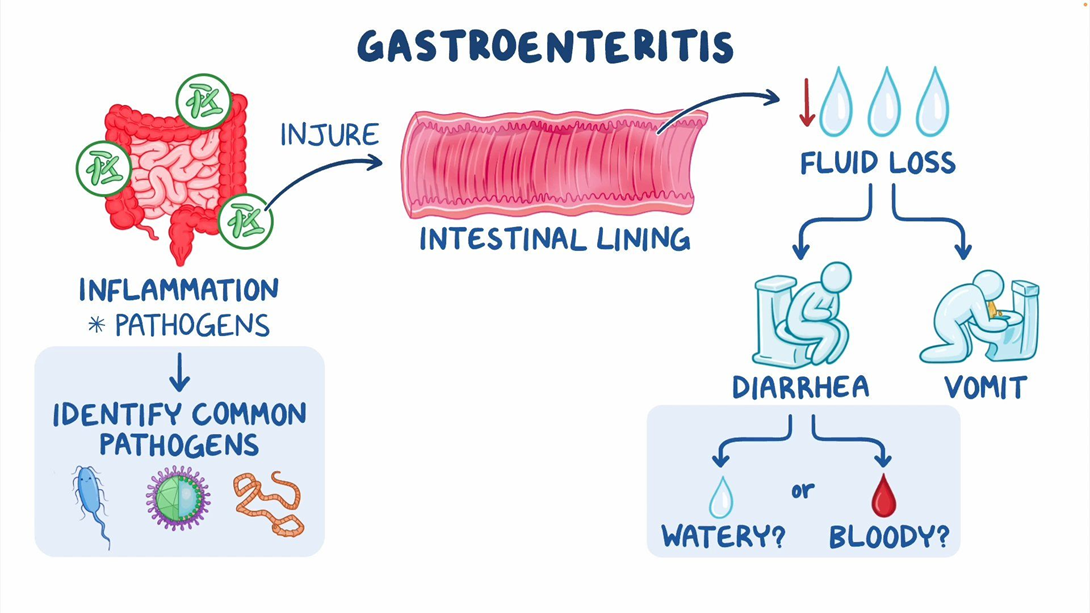A nurse is assessing a child who is postoperative following a tonsillectomy. Which of the following findings is a manifestation of hemorrhage?
Drooling
Poor fluid intake
Increased pain
Frequent swallowing
The Correct Answer is D
Choice A reason: Drooling is not a sign of hemorrhage, but rather a sign of difficulty swallowing or breathing. Drooling may occur after a tonsillectomy due to throat pain or swelling, but it does not indicate bleeding.
Choice B reason: Poor fluid intake is not a sign of hemorrhage, but rather a sign of dehydration or nausea. Poor fluid intake may occur after a tonsillectomy due to throat pain or fear of swallowing, but it does not indicate bleeding.
Choice C reason: Increased pain is not a sign of hemorrhage, but rather a sign of inflammation or infection. Increased pain may occur after a tonsillectomy due to tissue damage or healing, but it does not indicate bleeding.
Choice D reason: Frequent swallowing is a sign of hemorrhage, as it indicates that the child is trying to clear blood from the throat. Frequent swallowing may occur after a tonsillectomy due to bleeding from the surgical site or a ruptured blood vessel.

Nursing Test Bank
Naxlex Comprehensive Predictor Exams
Related Questions
Correct Answer is A
Explanation
Choice A reason: This statement indicates a need for clarification, as sodium biphosphate/sodium phosphate is a laxative that can cause bowel perforation in a child with appendicitis. The nurse should question this prescription and avoid giving it to the child.
Choice B reason: This statement is correct, as maintaining NPO status is a standard intervention for a child with suspected appendicitis. It prevents further irritation of the appendix and prepares the child for possible surgery.
Choice C reason: This statement is correct, as monitoring oral temperature every 4 hours is a way to assess for signs of infection and inflammation in a child with suspected appendicitis. The nurse should also monitor for other symptoms such as abdominal pain, nausea, vomiting, and rebound tenderness.
Choice D reason: This statement is correct, as medicating the client for pain every 4 hours as needed is a way to provide comfort and relief for a child with suspected appendicitis. The nurse should use a pain scale to evaluate the effectiveness of the medication and report any changes in the pain level or location.

Correct Answer is A
Explanation
Choice A reason: Oral rehydration solution (ORS) is the best fluid for a child with acute gastroenteritis, as it contains the optimal balance of electrolytes and glucose to prevent dehydration and restore fluid balance. ORS is recommended by the World Health Organization (WHO) and the American Academy of Pediatrics (AAP) for the management of diarrhea in children.
Choice B reason: Water is not a good fluid for a child with acute gastroenteritis, as it does not contain any electrolytes or glucose and can dilute the blood sodium level, leading to hyponatremia. Water can also increase the osmotic load in the intestines and worsen diarrhea.
Choice C reason: Broth is not a good fluid for a child with acute gastroenteritis, as it is high in sodium and can cause hypernatremia and dehydration. Broth can also irritate the intestinal mucosa and increase diarrhea.
Choice D reason: Diluted apple juice is not a good fluid for a child with acute gastroenteritis, as it is high in fructose and can cause osmotic diarrhea. Apple juice can also lower the blood pH and cause metabolic acidosis.

Whether you are a student looking to ace your exams or a practicing nurse seeking to enhance your expertise , our nursing education contents will empower you with the confidence and competence to make a difference in the lives of patients and become a respected leader in the healthcare field.
Visit Naxlex, invest in your future and unlock endless possibilities with our unparalleled nursing education contents today
Report Wrong Answer on the Current Question
Do you disagree with the answer? If yes, what is your expected answer? Explain.
Kindly be descriptive with the issue you are facing.
